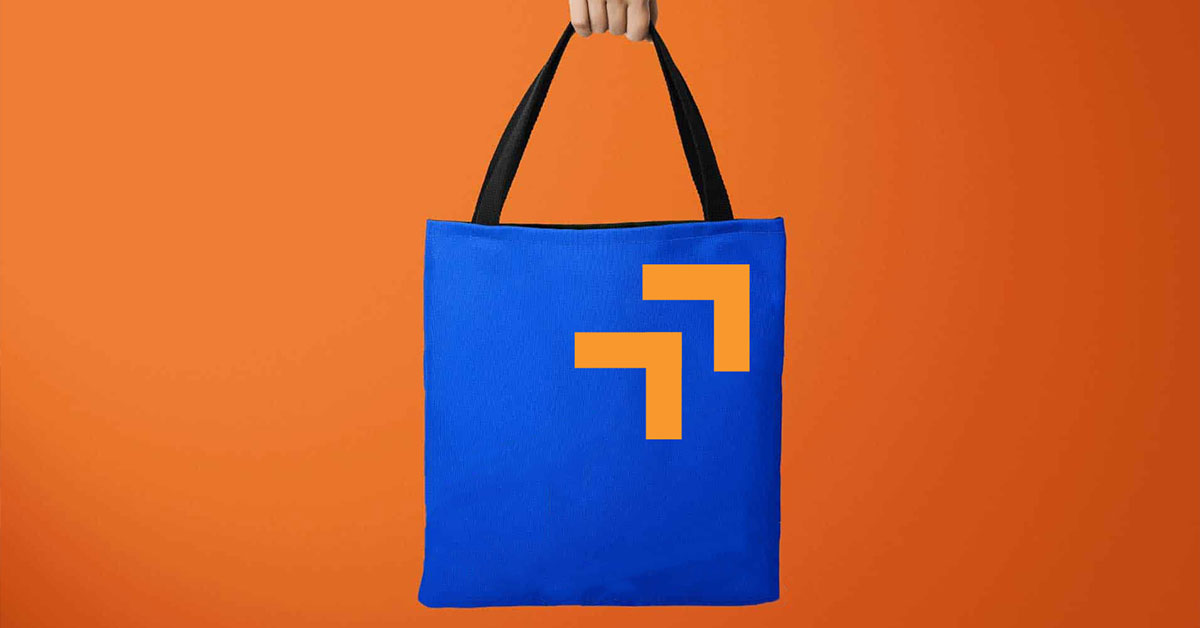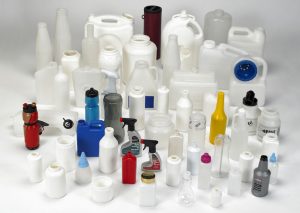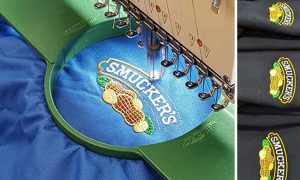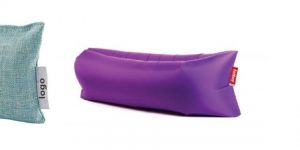Add Your Private Label on Product & Packaging
Private label is the best way for customers to distinguish your products from others. If your products are always built with high quality and good design, customers will pay higher prices and stay loyal to your brand.
Below we provide 7 best methods to private label your products with the estimated costs for each solution in China.
Solution 1: Screen Printing (or Silk Screen)
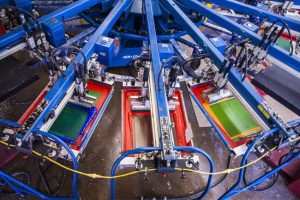
Screen printing is the most common and widely used method for adding a private label on both the product and packaging. It can be applied to products made from almost all kinds of materials such as plastic toys, glass bottles, stainless cups, rubber dumbbells, etc. If you are buying more than 500 items, screen printing is the easiest and cheapest way to add your private label.
Most Chinese factories can offer screen printing service for free if you make a $2000+ order. Or they will charge you around a $60 fee for creating a printing plate of your logo, and around $0.02 per item labor fee for printing. If the supplier doesn’t offer this service, you can easily find a printing supplier in China to do the job.
The only drawback of screen printing is that it’s not suitable for multi-colored patterns, especially a gradient color design. If you want to print your gradient color logo on products, you should think about thermal transfer or go with a non-print method.
Solution 2: Thermal Transfer
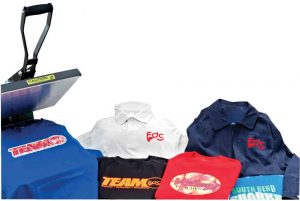
The thermal transfer printing process is more complicated than silk printing and it requires a temperature range from 140℃ to 180℃. Therefore, it’s a little bit more expensive than silk printing and has some restrictions on materials. It’s applicable to ABS, PE, PP, EVA, leather, stainless steel, wood, glass and more.
If you have a really fancy pattern with gradient color, thermal transfer would be your best choice. The cost is around $100 for creating the printing plate, and $0.04 printing fee for the 7×7 cm size gradient color logo.
Solution 3: Laser Printing / Engraving
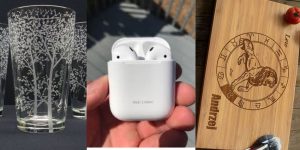
Laser printing, or laser engraving, gives your product a rather high-quality appearance.
Usually it doesn’t require a huge MOQ as there’s no need for plate making. For mass production, it may cost you $0.01-$0.15/unit, depending on the quantity and size.
Solution 4: Molding
Molding makes your private label in the product mold, which means the logo is there when the product comes out from the machine. This solution can be applied to all plastic, rubber or metal made products.
The advantage of this method is that your private label looks more natural and of higher quality than printing, but the high cost is its primary disadvantage. Customizing your logo in a product mold means you need to change the supplier’s mold or even create a brand new mold. Don’t choose this solution if you are not buying a big quantity.
Usually a mold for plastic items costs $1,000-$3,000, and a mold for metal products costs $500-$1,000.
Creating molds takes 15 to 20 days, which means it takes much longer than the other methods.
Solution 5: Machine Embroidery
Embroidery is mainly applied to items made of cloth, such as garments, caps and bags. It’s more durable and comparable to silk printed logos, and there is no color fading. However, it costs more than screen printing.
Embroidery can be sorted into two types. The first type is to embroider the logo directly on a product (like the SMUCKERS in the above picture). But it’s not quite suitable for very small and complex logos. An embroidery like this in 4x5cm size is about $0.20.
The second type is to make a patch (above right image) and sew it on a product. Normally the embroidery factories make these patches and sell them to garment manufacturers. This way allows multi-color and complicated patterns. The unit price for a 5×6 cm logo with four colors is around $0.12.
Solution 6: Woven Label
Normally woven labels are sewed at the edge of fabric made items, like shoes, jeans, hats and bags. This label looks way better than printed logos. You can sew your woven label on sleeping bags, tents or even umbrellas to make it unique.
The price is always related to size and quantity. Lets’ say we do a 3×4 cm woven label. The MOQ is normally 1000 pieces with a unit price around $0.10.
Solutions 7: Customized Box
Making your own design and printing it on a customized box is suitable for almost all products.
Especially if you are planning to bundle different products, you will need to customize your box, instead of just wrapping the two different items within poly bag .
It’s the most expensive solution among these 7 ways. A nice fancy box can easily make your product look great. It’s also a way to add extra value to sell at a higher price.
Box packaging is a very large industry. The price is contingent on the material, technique and type of machinery. Take the cheapest box – corrugated as an example. For 3000 pcs of 8x4x4 inch corrugated case with your pattern on it, the unit price is around $0.16. If you want to do a firm one like an IPhone box, it might cost you at least $0.75 each.
Source: amzsource.com
Best ways to promote listings on Amazon
How to manage Amazon inventory limit for new products?
Amazon Inventory 200 Unit Limit: what sellers can do about it? Amazon has introduced new inventory limits. Sellers can now only send 200 units of a new product into fulfillment centers. In the light of the COVID-19 pandemic, demand at Amazon has spiked, and the...
Customer satisfaction is not Amazon top priority anymore?
How will the changes in Amazon policy affect third-party sellers? Amazon mission statement is "to be Earth's most customer-centric company", but the company seems to have drifted away from its customer-focused attitude Amazon likes to say that it puts the customer...
Selling 3D-Printed Products on Amazon
Using 3D-printing technology for your Amazon business Interested in trying out 3D printing? Why not take your newly 3D-printed products and sell them on Amazon? Although 3D printing has been around for close to 40 years, it has become popular not so long ago. With...
Selling your products with Amazon FBM
Top product categories you can sell with Amazon FBM From March 17, 2020 Amazon has put a freeze on receiving non-essential inventory into its fulfillment centers. But, sellers can still sell non-essential products if they fulfill the products themselves via Amazon FBM...
The ways to keep the Amazon business in 2020
Business on Amazon in view of the current situation Amazon sellers will need to make some drastic changes to ensure the survival of their business On March 17, Amazon announced it would freeze non-essential FBA shipments from its third-party sellers. The...


